8. Lenny (1974)
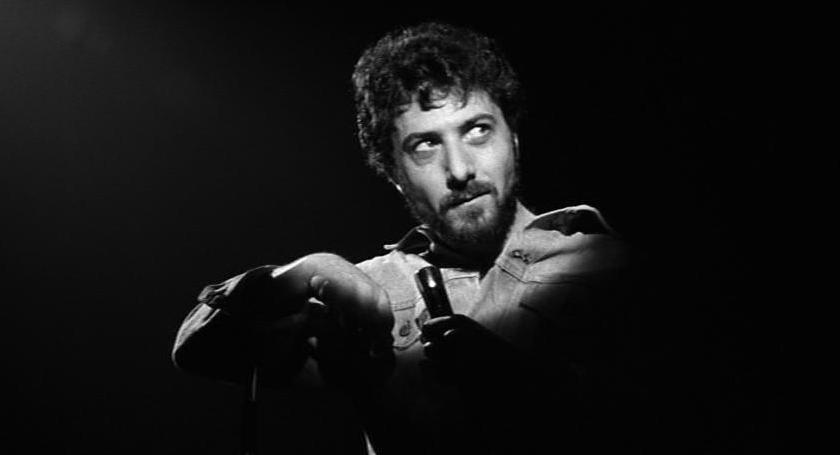
There’s an unfortunately low number of films about stand-up comedians, so that probably means Lenny is the best one- and to dethrone it you’d have to make a pretty excellent film with terrific performances that all illuminate how important and raw an art-form stand-up is.
Dustin Hoffman stars as Lenny Bruce, one of the pioneering stand-up comics who introduced several new words into the business that managed to upset the authorities something awful and, as the film so defiantly conveys, became something of a martyr for his cause.
Hoffman totally encompasses main man Lenny, both his on-stage presence and his off-stage battles. It’s amazingly inspiring to see this man defend his rights to say “tits”, “ass”, and “cocksucker” until it took away absolutely everything away from him.
It’s hard to imagine making a film out of Lenny Bruce’s life and career, until you see this and watch not just a semi-hagiographic display of his progressive behaviour and his self-destructive habits, but a film that stresses the importance of free speech – although being able to freely curse on stage is a given these days, comedians are still fighting the good cause that has now gone beyond simply offensive four letter words. If you don’t think stand-up comedy is one of the purest forms of art, then you need to see this film.
9. Space is the Place (1974)
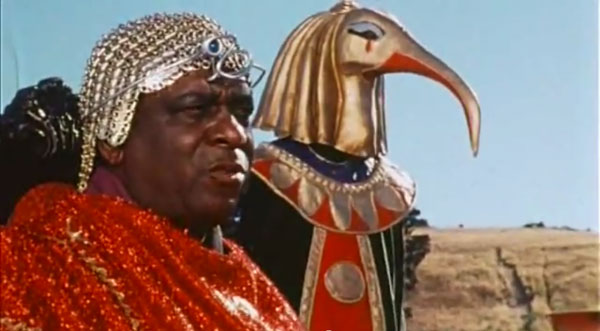
Sun Ra is the one of the strangest figures in modern music’s history, so we can all be thankful at least one great film about his other-worldly imagination was made. Identically titled as his latest album and loosely based on his Berkeley lectures, The Black Man in the Cosmos, this part-blaxploitation part-Afrofuturist mythos scrambled the heads of those who saw it when first released.
Though, it was a delight for Sun Ra fans, as the film- amidst its socially conscious time-travelling storyline- features a sturdy continuation of the philosophies (of both black rights and music) that the artist had been eschewing in his lectures and music.
Sun Ra is a rather terrible and untrained actor who often stumbles through his lines and actions, but he does have all of the best lines in the film, all of which he wrote himself, which give the film its unique mythology about the mysterious terrains of outer-space, and how they interact with the crazed avant garde soundtrack, performed by Sun Ra and his Arkestra, that can transport its listeners to places seemingly as far as outer space.
10. California Split (1974)
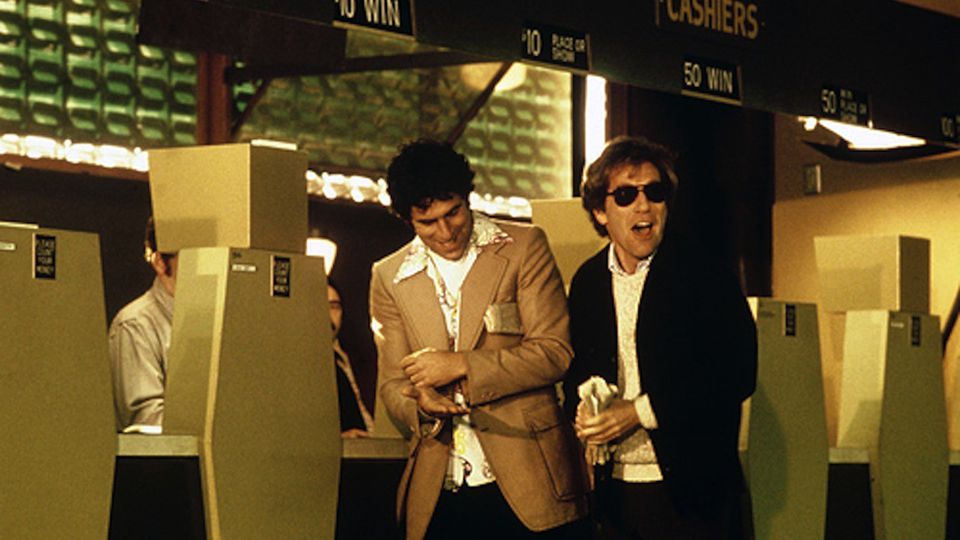
Elliot Gould was one of the coolest American actors of the ‘70s, as was proven in his lead role in the neo-noir Robert Chandler adaptation The Long Goodbye (1973). Its director Robert Altman was wise to cast Gould in his next film the following year, California Split, as another cool character who’s so slick, nothing can stick to him.
Paired up with George Segal, the duo play Charlie and Bill respectively, who meet after an altercation at a poker game and decide to start placing their bets and trying their luck as they head to Reno. Gould’s Charlie is blessed with the same cool dialogue his character was given in The Long Goodbye, again emulating the neo-noir archetype dressed in a slick ‘70s style, which is exacerbated by his flashy and poised vernacular.
Altman was a rather prolific director so it’s no wonder he’s ended up with more than a few underrated films under his belt, even ones released just after his more acclaimed works like MASH (1970) and McCabe and Mrs Miller (1971).
He probably needs his praise more equally distributed amongst all of his great films, starting with this really effective and affecting gambling film, colourfully scribed by Joseph Walsh (who was exorcising his own gambling addictions), complemented by rich and full performances from Gould and Segal, and all housed in Altman’s subtly experimental filmmaking style (this was the first non-Cinerama film to utilise 8-track sound, creating a lot of overlapping dialogue).
California Split has had a lasting influential effect on many films since its release (namely 2015’s Mississippi Grind), despite its obscured and often undervalued legacy.
11. Mikey and Nicky (1976)
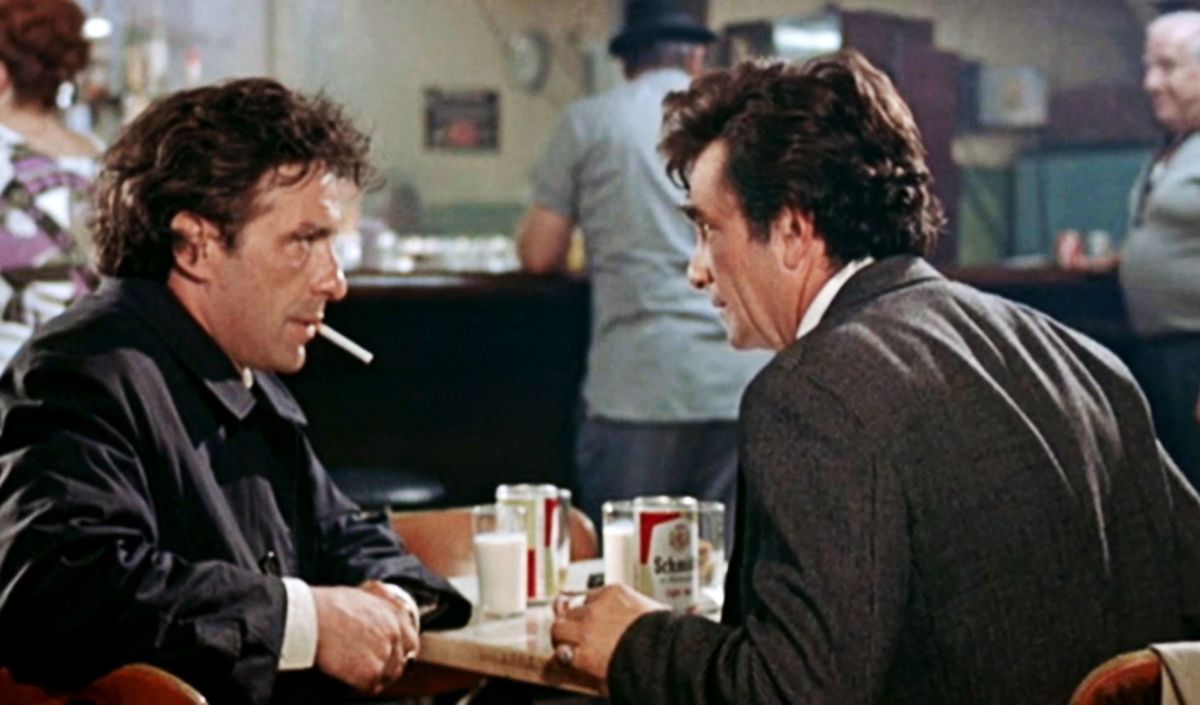
Inspired by John Cassavetes’ films (namely the aforementioned Husbands), Elaine May cast Cassavetes himself in a film that has the similar improvisational and emotionally sporadic nature of the best of the famed director’s own efforts.
Cassavetes plays the off-hinged and rather paranoid Nicky, who enlists the help of Mikey (Peter Falk) to get him out of harm’s way- but Mikey’s intentions may be coming from a different alliance. Nonetheless, Mikey does indeed take Nicky out over the night to try and get his mind off of some looming and potentially fatal troubles.
This small film had a slightly unorthodox production, with a modest budget of $1.8 million which actually ballooned to $4.3 million- mostly due to the immense amount of film May was using (shooting over 1 million feet of it, even more than Gone with the Wind or Terminator 2).
May’s goal was to capture the spontaneity of Cassavetes and Falk by shooting for long periods with three cameras simultaneously. However, this resulted in the editing process becoming so complicated, May failed to get the film finished on time for Paramount, who usurped control over the final cut and released it, very quietly at the end of 1976.
The unusual manner of filming unfortunately cost May her directing career, but it certainly lent to the cinema world some very memorable and very alive performances whose emotional unpredictability make them all the more intense and pure.
12. Equus (1977)
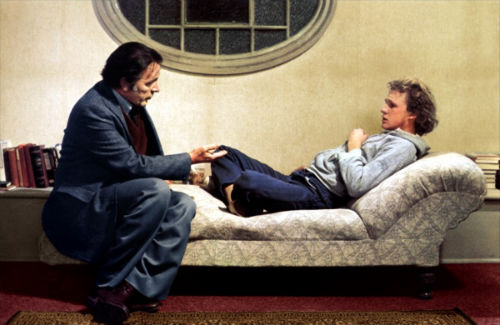
This first (and only) adaptation of Peter Shaffer’s legendary and confronting play utilised the talents of many talented folks working at the top of their game, including actors Richard Burton and Peter Firth, director Sidney Lumet, and Shaffer himself, who adapted his own play into this film version.
Although some critics complained that the theatrical integrity of the play was disrupted by the film’s realism- such as the use of real horses- it makes sense for this film as it needs the realism to make itself as harrowing as it can be.
The quality of the acting, as well as the way it is filmed, is rarely seen in American cinema today – the performances are exploding with impassioned rage and frustration, conveyed in markedly different ways by the two lead characters (Burton’s emotionally stifled psychiatrist and Firth’s troubled young patient), and the camera observes and studies the emotional presence with a decidedly non-theatrical manner by getting close to the faces of the characters, especially Burton as he addresses the camera directly, the changing lighting of these scenes just adding to the effect cinema has in a visual way.
It’s no wonder the acting is so fantastic, as 23 year old Firth had performed in the stage-play of Equus over 1000 times already (including rehearsals), so he had the character of Alan completely honed and perfected. Both stars’ performances were recognised during awards season, as they were both nominated for Academy Awards as well as Golden Globes (which Burton won). Equus has since still been undervalued in Lumet’s immense filmography.
Along with his more esteemed ‘70s films (Serpico, Network, Dog Day Afternoon), this films follows a streak of powerful, stirring, and emotionally aware filmmaking. It’s a highly disturbing and viscerally effective piece about the pursuit, and restraint, of passion, that does great justice to the original stage-play.
13. Killer of Sheep (1977)
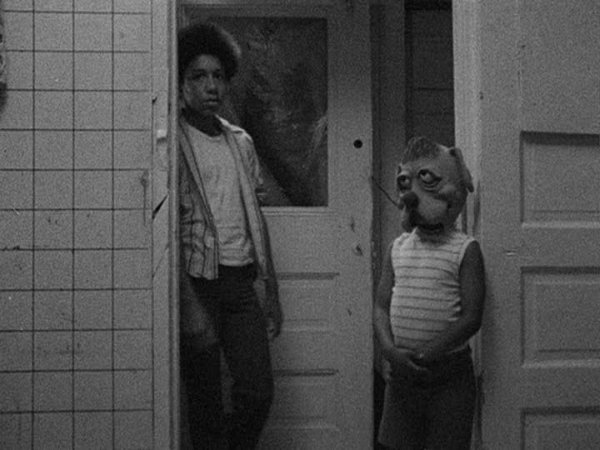
For just $10,000, first-time director Charles Burnett created this mosaic of a certain kind of living, populated by folks trying to stave off their boredom or poverty, usually with schemes of trying to make money as they lived from dollar to dollar.
A temporally stylistic precursor to Gummo (1997), Killer of Sheep is likewise a non-narrative film that focuses on the odd habits and lifestyles of a disenfranchised community residing in the Watts neighbourhood of Los Angeles, which was populated primarily by African-Americans. The ambient narrative, which has no clear beginning or end, contributes to the apathy that permeates the film, and its characters.
These characters, desperate to make any amount of money or at some points just to occupy themselves, get up to a number of different seemingly unimportant shenanigans, which are sometimes both heart-breaking and funny to watch (like when the two men try hawking a car battery).
Burnett really succeeded at bringing an environment that feels richly authentic to the American cinema, and one that had rarely been shown in the country’s movies before, so it paved the way for future filmmakers (like Harmony Korine with Gummo) to similarly make films deeply invested in the eccentricities and uniqueness of close-knit communities.
Killer of Sheep had spent most of its history delegated to the underground circuit on worn-out prints; it never received a wide release due to the unlicensed songs in its soundtrack, however, it was paid for in 2007, restored, and rereleased in all its glory, with the songs on the soundtrack being one of the most important aspects of the film’s dramatic impact.
14. Last Chants for a Slow Dance (1977)
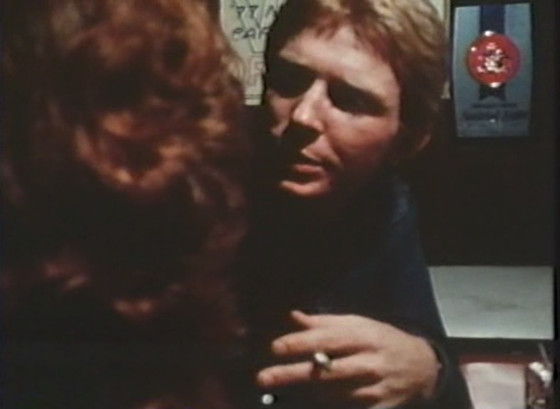
Jon Jost is a national darling for American independent cinema, even though most people don’t know it. In this day and age where most “independent” films cost upwards $5-15 million and feature at least a supporting role from a famous actor, Jost continues to make properly independent, low budget, and community-based films that should inspire and teach many other filmmakers how to make so much on so little.
This road movie follows Tom Bates (Tom Blair) as he travels through an unspecified time and place (though in what is undeniably the American mid-west) and crosses paths with a few hitch-hikers and bar-dwellers as he travels to visit his wife, with whom he has a volatile relationship.
Fans of Abbas Kiarostami’s talkative and confined car movies such as Ten or A Taste of Cherry will find themselves at home with this movie, filled to the brim with naturalistic conversations that very rarely actually push the story forward, but always fill the film out with very life-like character interactions that (although sometimes display admittedly amateurish and spotty acting) boast the excellent kind of dialogue Jost has been scribing for quite a few decades.
The frequent use of very long takes observing these interactions adds a subtle tension to each of these sequences that builds up tighter and tighter until the dramatic and unexpected ending.
Last Chants for a Slow Dance was a new sort of road movie upon its release, showing the hallow disconnection the American road could place on its wanderers, and it remains a singular film of its sub-genre that is emblematic of the ‘70s style of decaying traditions.
15. Hardcore (1979)
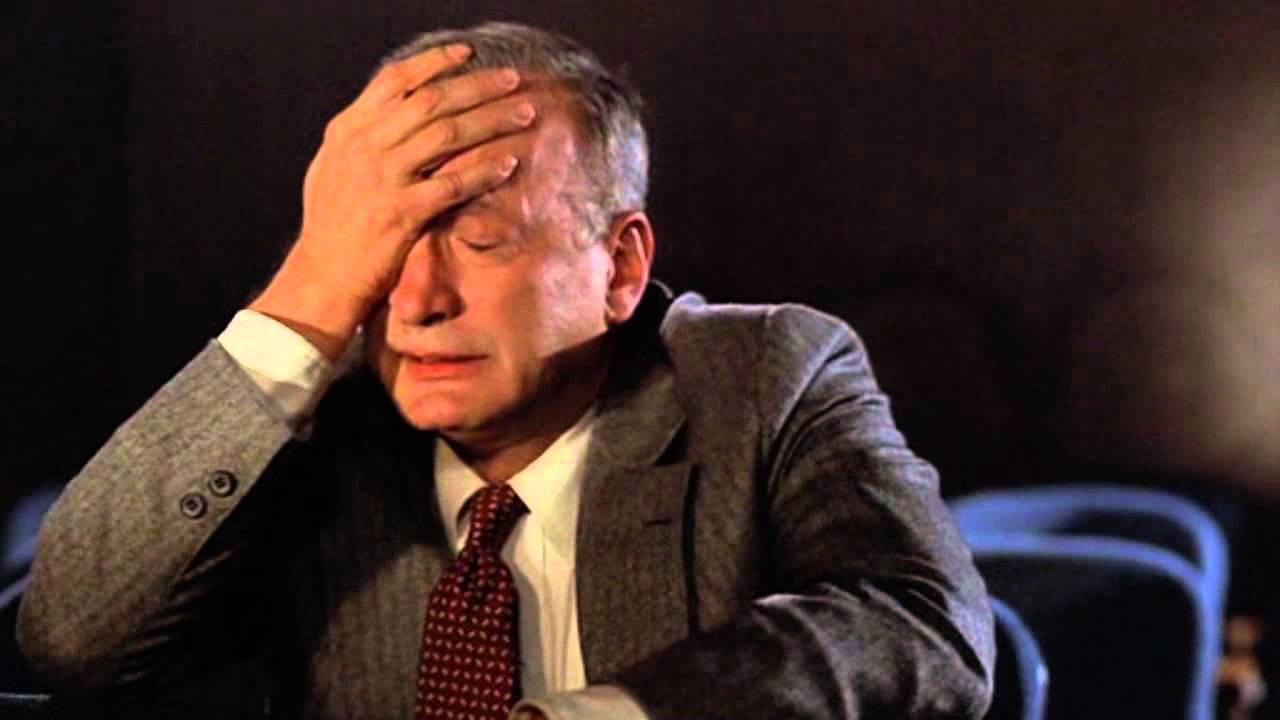
Having initially been influenced by The Searchers, Paul Schrader returned again to the tale of the vigilante man who goes on a dangerous crusade to save a young, seemingly helpless woman- just three years after his Taxi Driver screenplay was directed by Martin Scorsese.
But Hardcore is a different kind of beast, despite the similarities of the worldviews it portrays – like in Taxi Driver, as well as Joe, the older male conservative protagonist is disgusted by the degeneracy of sex work- pornography, more specifically- that passes as the freedom of the new culture.
This time, however, the story follows a father (George C. Scott) and daughter, rather than young people. When his daughter is swept up into the world he hates so much, the next step for our lead is to try and propagate his ideas with violence, which obviously doesn’t go as well as planned.
Out of these three films, Hardcore has the most sensitive themes, as it’s primarily about a father and daughter relationship; identifying not how it become so fractured, but simply examining and detailing the fractured state it is in when we enter the scene. Like how Lenny is one of the only mainstream films about stand-up comedy, Hardcore is one of the only mainstream films about pornography; and hardcore pornography at that, as per the title.
As the father brings himself further and deeper into this seedy new underworld to find his daughter, along the way he meets prostitutes and porn actresses for the first time, and he learns to give more understanding and even just a little respect towards those who walk other paths in life- similarly to how the movie affects its audience.
Author Bio: David Morgan-Brown is an Australian lover of movies, films, flicks, and kino pictures. He does written reviews for Colosoul, video reviews for Flim Reviews, and does comedic skits with his mates for Carpool — go laugh with (or at) him.